Pitman Arm Tech
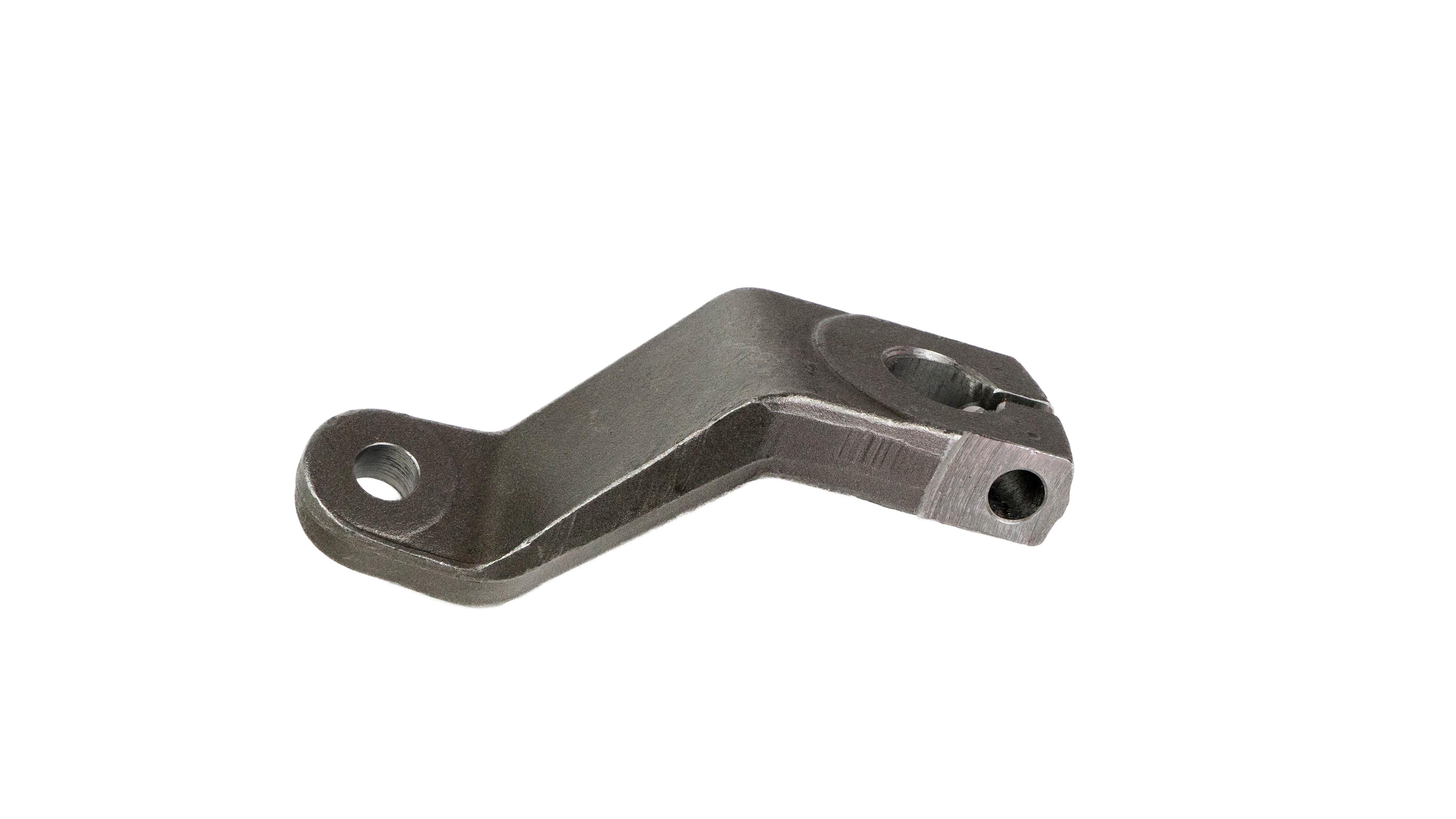
The pitman arm is a key part of any steering system involving a steering box, since it’s literally the part that bolts to the output shaft of the steering box. So here are some details about various GM pitman arms and why we use the parts we do.
In the GM squarebody (and even earlier) world, the 4wd trucks use a different steering box output shaft and pitman arm arrangement than 2wds. On a 4wd, the pitman arm points to the side of the truck and the draglink runs toward the back of the truck to the steering knuckle. On a 2wd, the pitman arm points straight back and moves the centerlink side to side to move the tierods to steer the tires.
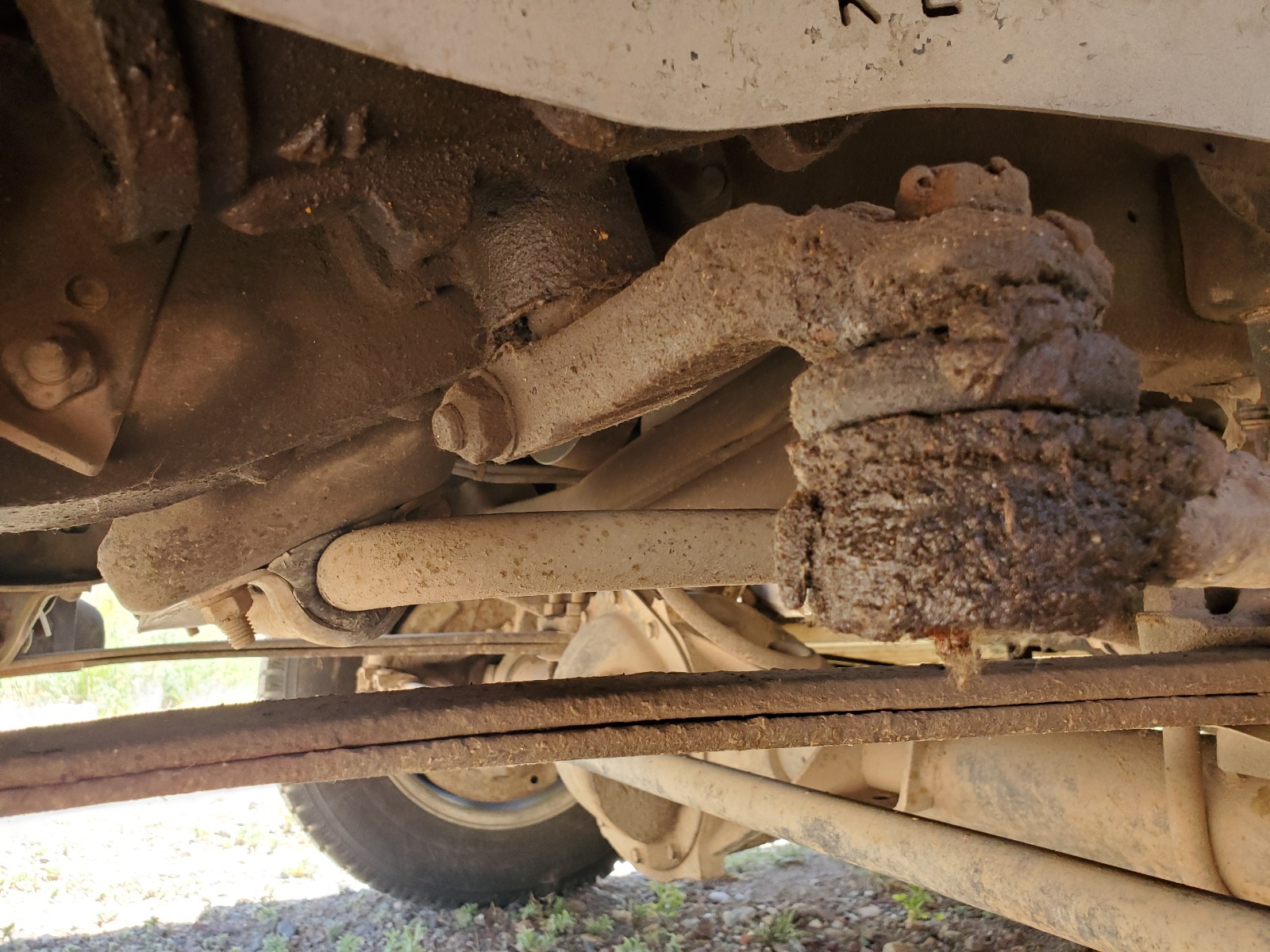
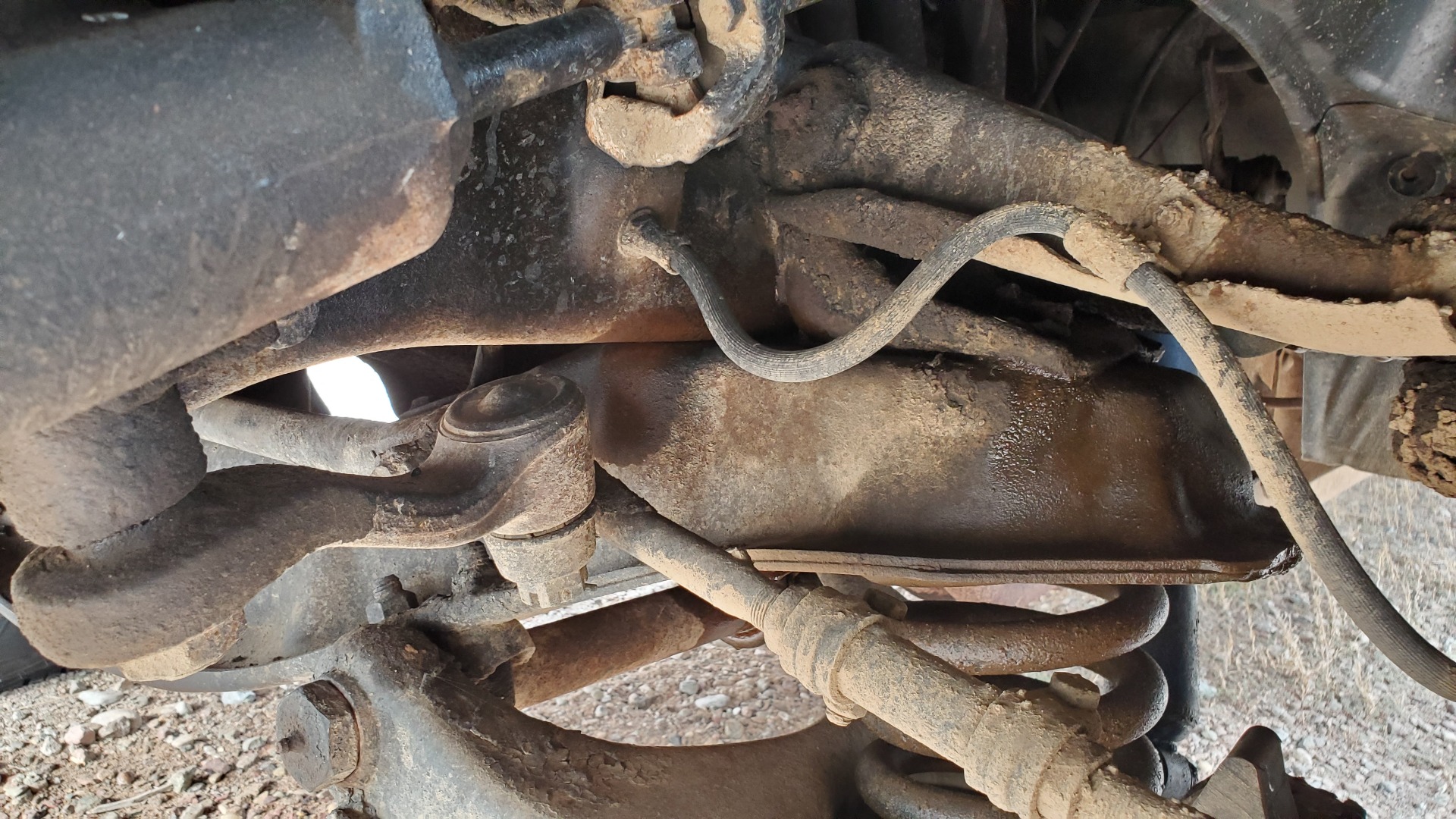
The steering boxes between 2wd and 4wd are identical (except for internal tuning differences) except for the output shafts with the most important detail here being that the bolt pattern on the housing is the same so a 2wd box will bolt up directly in place of a 4wd box. The steering boxes also move the output shaft the same direction when the wheel is turned, they just look different in use because the pitman arms start pointing different directions.
When we switch a solid axle truck over to crossover steering, we need the pitman arm to start pointing straight back like a 2wd system. The way to do this is use a 2wd box and a pitman arm with the right spline, length, drop and end taper. This is how all our systems are set up.
One common question is, why don’t we build a pitman arm to use the stock 4wd output shaft and then anyone doing crossover steering won’t have to swap steering boxes? The answer is that the configuration on the pitman arm would get a little goofy with the crossbolt having to stay in the same position relative to the output shaft. This would likely mean the crossbolt would have to be threaded into the pitman arm instead of nut or we’d have to use a stud and nut system. Either way it’s awkward. And that’s the small problem. The big one is that the factory 4wd output shaft is only splined for a short section and is relatively weak and wear prone. Here are a couple pics of the 4wd pitman arm in stock form and after the splines have been wiped out of it in use.
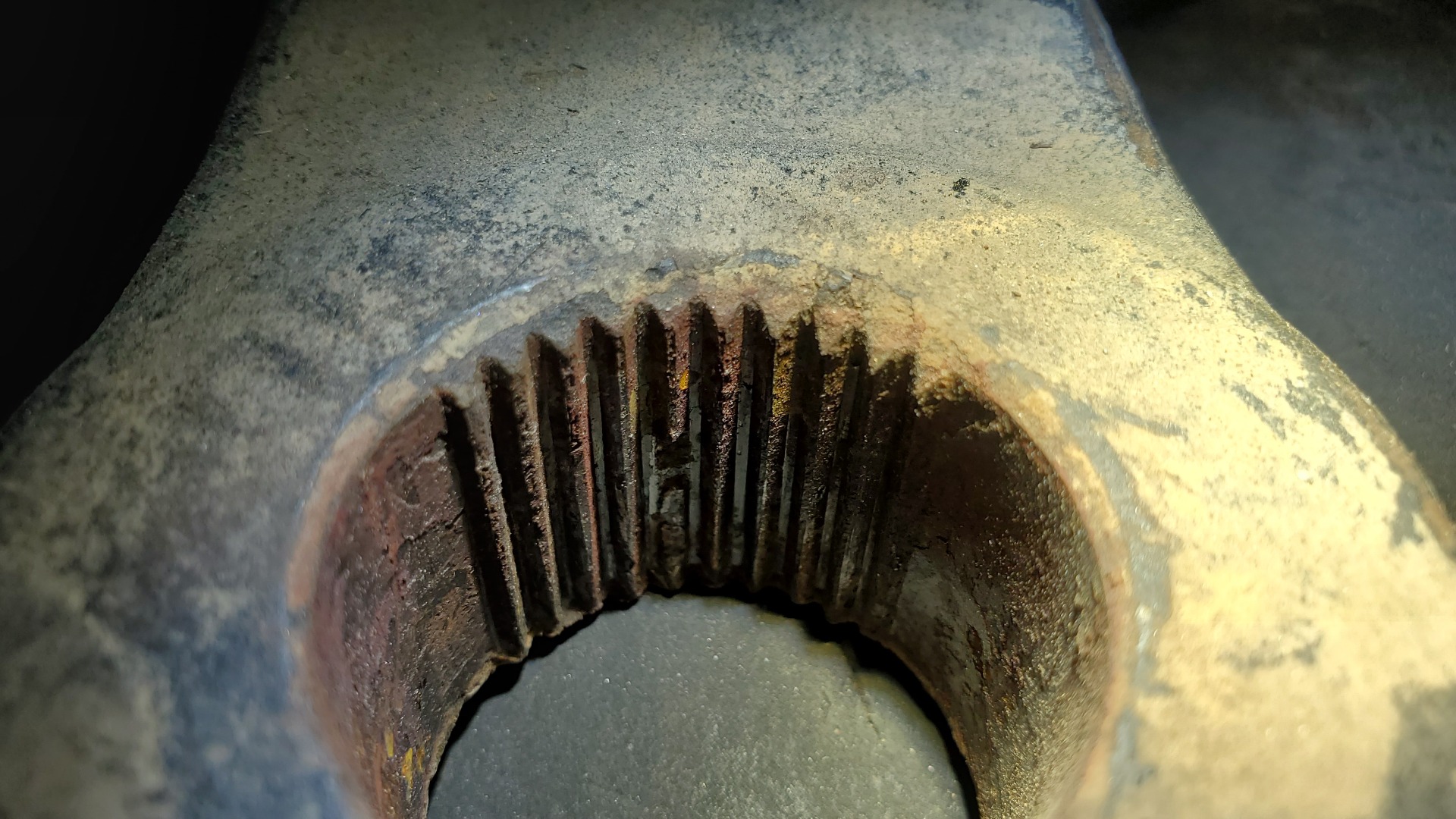
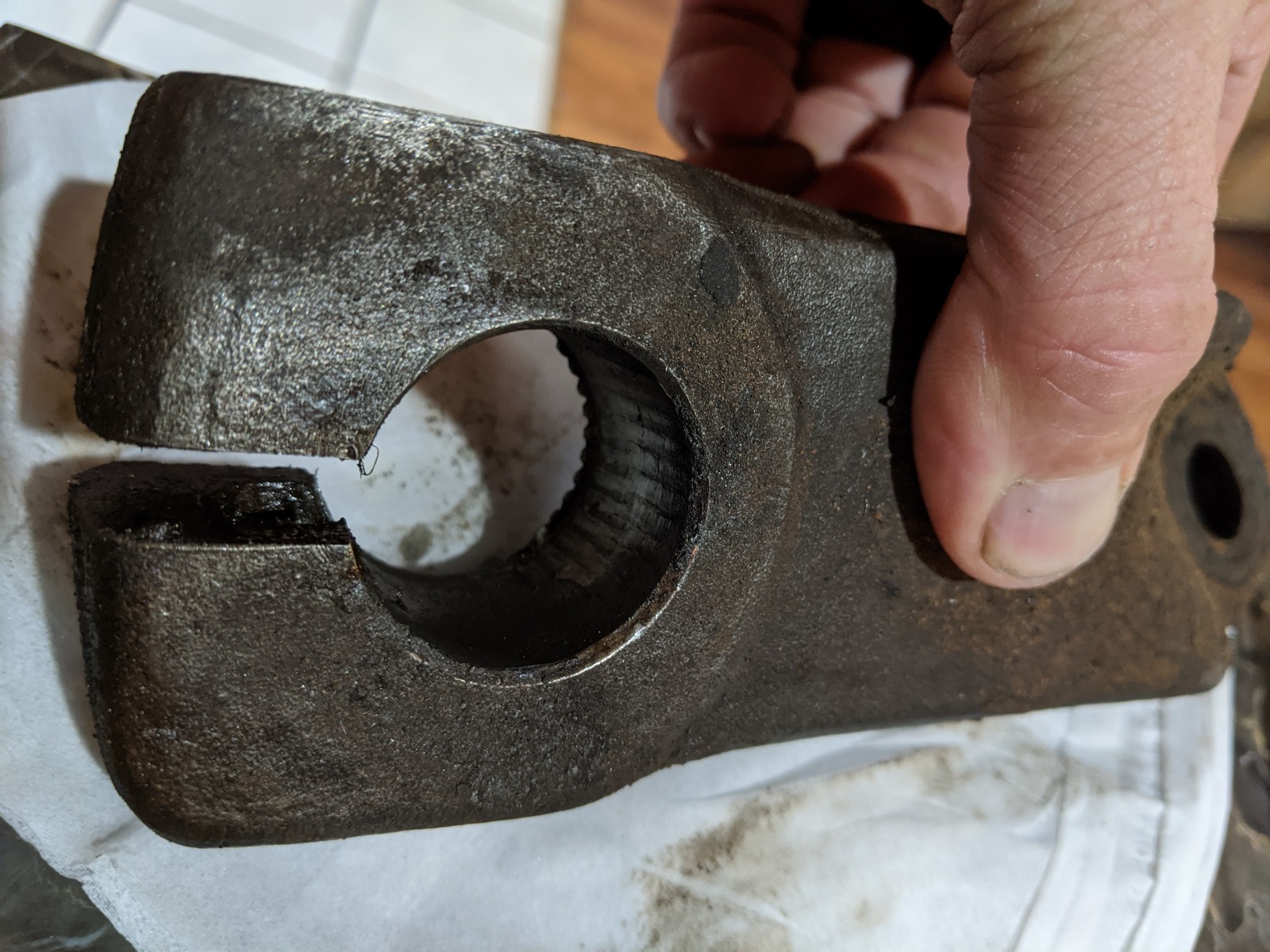
The 2wd output shaft is splined all the way around and uses a taper fit and a single nut to hold the arm tight on the taper. This has proven to be a MUCH more reliable system in harder use than the 4wd pitman arm can support.
Another common question is, why don’t we use the 2wd pitman arm? When you look at the 2wd part you’ll see it has the tierod end built into the pitman arm like many IFS systems and it’s not adaptable to crossover steering use at all.
One important detail about the ‘67-’98 output shafts is that they have 4 master splines that normally make the pitman arm slide on in one of 4 specific rotational positions. Starting in ’99, some trucks had 3 index splines and some had 4. You might notice our pitman arms don’t have corresponding index splines and can be put on the shaft in any orientation. This is to allow the same pitman arm to be used on any GM (and actually some Dodge, Ford and Jeep) steering box. You have to be a little bit careful that the arm is pointed straight back on install but that’s not really that hard.
A piece of deeper pitman arm tech is that pitman arms are generally built from forged steel and can be successfully welded. This is really only common on very custom builds where we need a length, drop or taper system that isn’t available. Welding on steering parts like this is obviously a place for expert level work so we won’t go any deeper into it but it’s cool to know it’s possible.



